Take a Shot at Migraine: 5 Handy In-office Injectables
Headache is a common complaint in primary care--and sometimes it presents full-blown. You can rescue the patient in distress by keeping 5 common injectables on hand.

A lot of your patients have headache. It’s a simple numbers game, as you can see above.1 And, there are actually 200 or so other headache disorders behind these, according to the International Headache Society.
There are well known, evidence-based treatments, both preventive and acute, for most primary headache disorders. But none of those will be effective when a patient with a known primary headache disorder (eg, migraine) arrives at your office in status migrainosis (head pain >72h) wearing dark sunglasses, holding her head with one hand and gripping an emesis basin in the other, and saying, “Doc, you gotta help me.”
What’s a busy primary care physician to do? You could:
• Send the patient to the local ED (rarely ideal).
• Try to get her seen that day by a headache medicine-boarded neurologist (good luck; there are only 500 in the US).
But, honestly, the most expedient solution is to care for the patient yourself.
In cases like this one, injectable medications are often the only effective treatments. Following are 5 inexpensive meds to stock up on and pull out when that sick migraineur comes through your door relying on you for help.
<br/>
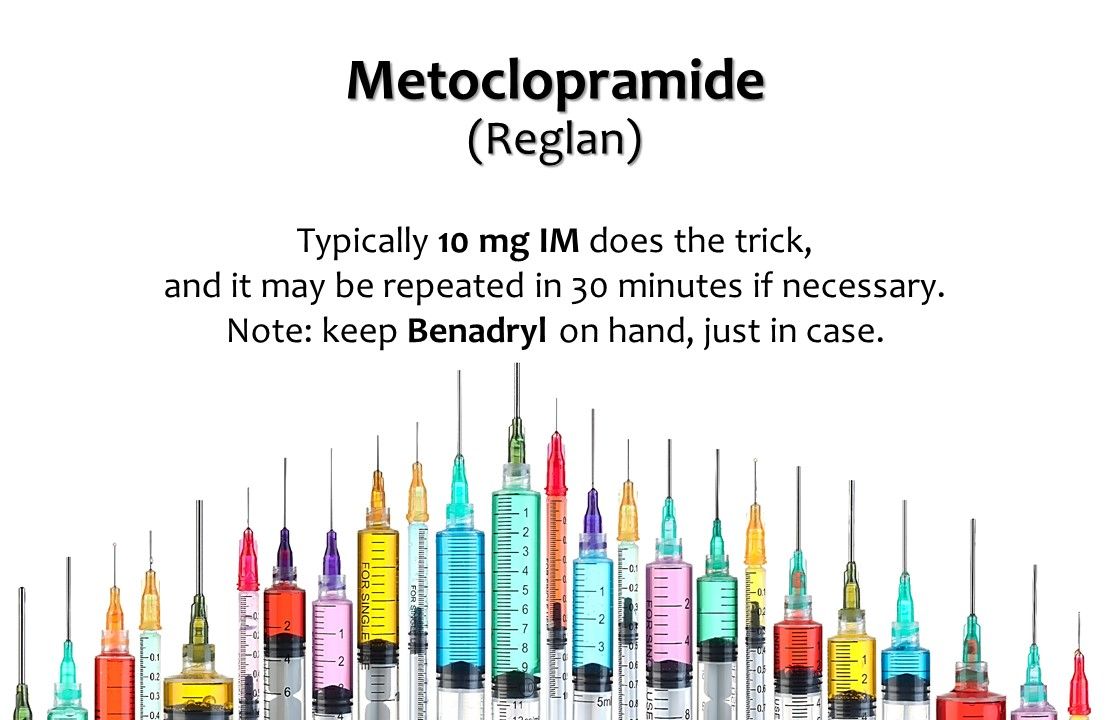
1. Metoclopramide (Reglan). In a recent study done in the ED at New York University, metoclopramide was felt to be the most effective migraine abortive agent. In your office it can be given as an intramuscular injection. Ten milligrams usually does the trick, and it may be repeated in 30 minutes if necessary. Remember that it is a dopamine D2 receptor antagonist, so akathisia may occur in 4% of patients and dystonic reactions in 0.3%. Both usually respond to intramuscular (IM) diphenhydramine (Benadryl, 25-50mg), so have a few vials on hand just in case.
<br/>
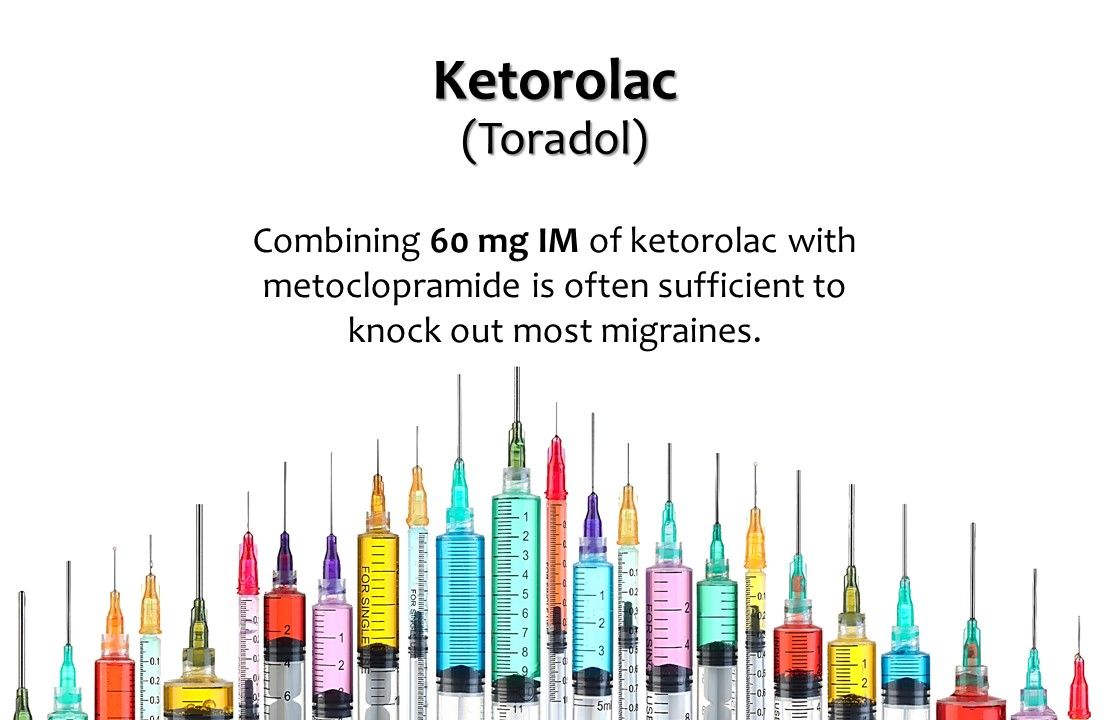
2. Ketorolac (Toradol). Combining 60 mg IM of ketorolac with metoclopramide is often sufficient to knock out most migraines. Since it is a potent nonsteroidal anti-inflammatory, use with caution (and consider halving the dose) in patients with impaired renal function. Ketorolac has a sting going in, and I find it helpful to warn patients of this.
<br/>
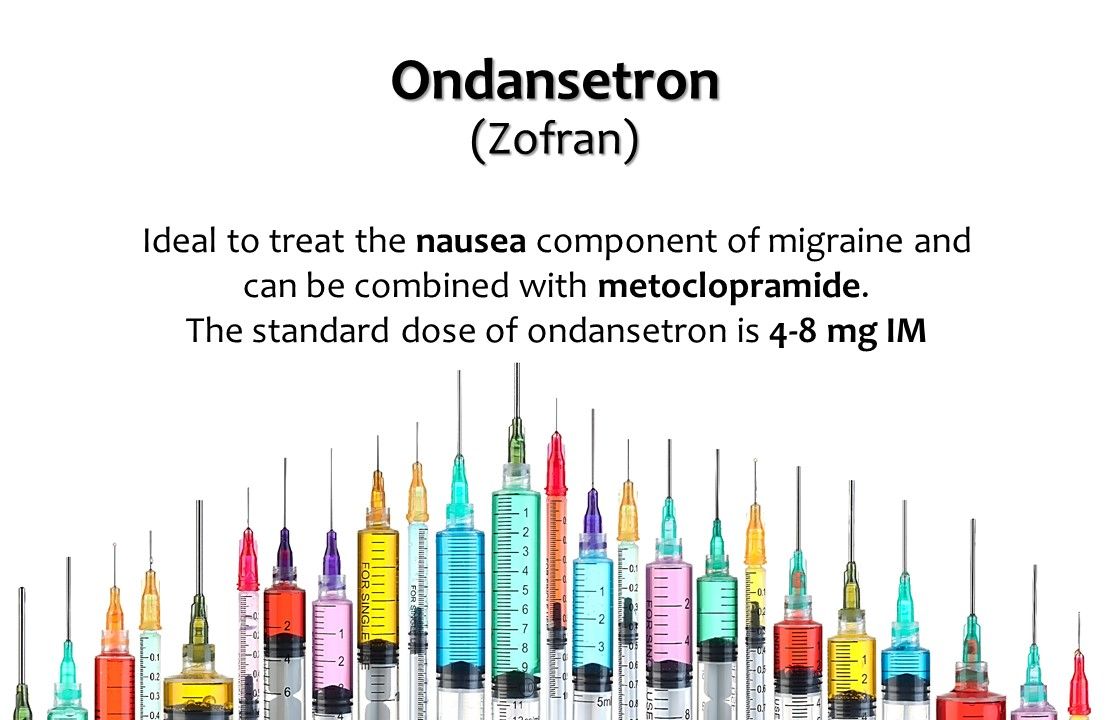
3. Ondansetron (Zofran). A pure serotonin (5HT3) antagonist at the chemoreceptor trigger zone, this agent will not help the headache of migraine, but is great for the nausea component. Ondansetron may be combined with metoclopramide or used alone in those with sensitivity to Reglan. The standard dose of ondansetron is 4-8mg IM.
<br/>
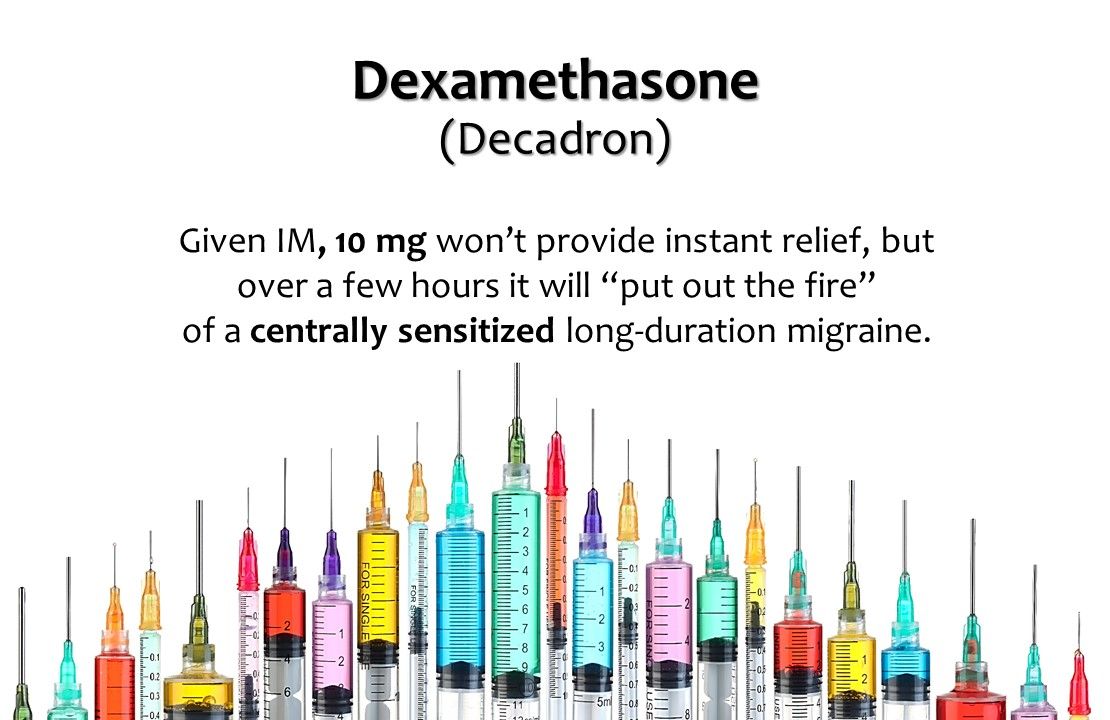
4. Dexamethasone (Decadron). Ten milligrams IM of this steroid will not alleviate the migraine instantly, but as a powerful anti-inflammatory, it will kick in over several hours (after the patient is home resting) and serves to “put out the fire” of a centrally sensitized long-duration migraine.
In my practice we typically start with Reglan (#1) and Toradol (#2) together (with Benadryl as needed), adding Zofran (#3) if nausea is significant. If the headache is not better or gone, we go to Decadron (#4) and/or ...
<br/>

5. Lidocaine. In contrast to the above agents, we use lidocaine subcutaneously to block the occipital nerve, rather than administer IM. Generally, 1-2% lidocaine is drawn up into a 3-ml syringe, which is topped off with a 27 or 30 gauge needle (note: a 50/50 mix of lidocaine and 0.5% bupivacaine may also be used).
Then get behind the patient and locate a point one third of the way from the inion to the mastoid (along the nuchal line) and slowly infiltrate the subcutaneous space, fanning the needle, 1.5 cc per side. The patient may feel numb in the injected area for a few hours, but there are no other side effects.
<br/>
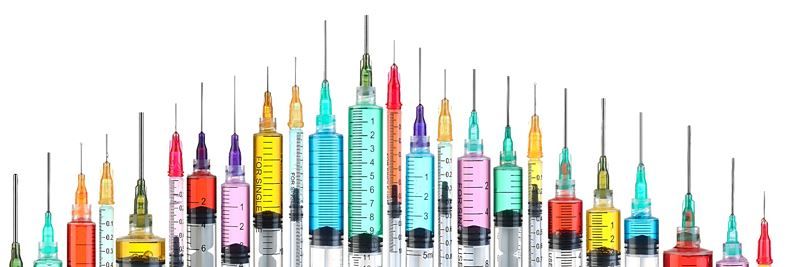
Armed with a few vials of useful medication, you’ll be able to look your desperate headache patient squarely in the eye (after the sunglasses come off) as she says, Doc, you gotta help me” and confidently say, “Come in and take a seat. I got this.”
I firmly believe, as one of those 500 headache medicine doctors that have lengthy wait lists, that PCPs (including physicians, nurse practitioners and physician assistants) represent the front line in primary headache diagnosis and management. A PCP should begin treatment of migraine the same way she would initiate treatment for hypertension or diabetes mellitus before referring the complicated ones to cardiology or endocrinology.
Dr McAllister is Medical Director at the New England Institute for Neurology and Headache and Chief Medical Officer for the New England Institute for Clinical Research and Ki Clinical Research, all located in Stamford, Conn.
____________________________________________
Reference
1. Rizzoli P, Mullally WJ. Headache. Am J Med. 2018;131:17–24.